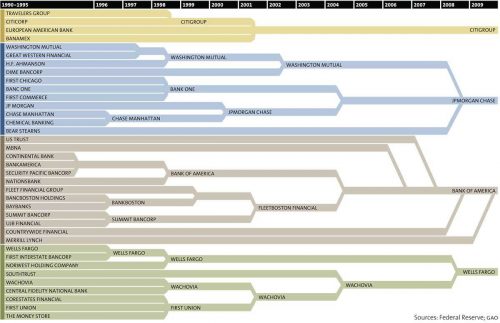One of the benefits of having your own blog is all the archives that are accumulated over time. Web services, platforms, and social networks come and go, and so does your content when you choose to use them. But with your own piece of the Internet, you get to keep it all.
It’s always interesting to see what I was into and what I was thinking like years ago. Especially when it comes to predictions and forecasting. Especially with the technology, which moves so fast.
Here is, for example, something that I shared 5 years ago (to the day): On how Google+ will succeed. Now that never happened. In fact, almost the opposite is happening:
Horowitz made a point to emphasize, once again, that Google+ isn’t going away. Instead, he reiterated that the company will be offering “a more focused Google+ experience.”
In other words, Google+ has a core set of users that really do enjoy using the service. “Google+ is quickly becoming a place where people engage around their shared interests, with the content and people who inspire them,” Horowitz said.
More specifically, Google plans to continue to offer new features in Google+ and move “features that aren’t essential to an interest-based social experience” into existing products.
This just tells you how “trustworthy” is my opinion on things…


